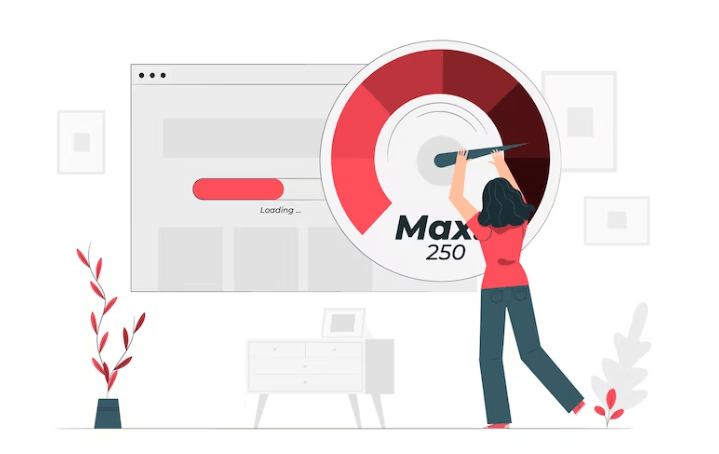The Role of Page Speed in SEO: How Fast Should Your Site Be?
In the astonishingly continuous world of SEO (search engine optimization) website speed has become a vital factor for both user experience and search rankings. It is of utmost importance to comprehend what role does page speed play in order to improve their site visibility since Google advocates fast and smooth experiences.
Why Page Speed Matters for SEO
The way users perceive a slow loading website is negative. A slow-loading site stresses visitors out, causing them not only higher rates of abandoning the page but also minimal interactions with it leading up-to lost revenue at the end. According to research, most people expect that web pages will load within two or three seconds max; anything beyond this timeframe might as well take them away from your site forever.
Google considers these behaviors when deciding how to rank websites. Since 2010, page speed has been a ranking factor for desktop searches, and in 2018 it became one for mobile searches. The rationale is straightforward: faster websites deliver better user experience that keeps visitors engaged for a longer time while reducing bounce rates; both are important search engine optimization (SEO) metrics.
How Fast Should Your Site Be?
There’s no definitive figure but under 3 seconds is widely recommended as an ideal loading time. According to its own study, Google found that the likelihood of bouncing increased by 32% when a web page’s loading time shifted from one second to three seconds. It is equally significant to assess “Core Web Vitals,” which are metrics that center on loading performance, interactivity together with visual stability, all of which mostly
Tips to Improve Page Speed
- Optimize Images: Compress images without losing quality to reduce load times.
- Use a Content Delivery Network (CDN): Distribute content across multiple servers to ensure faster loading times for users in different regions.
- Minimize HTTP Requests: Reduce the number of elements (like scripts and stylesheets) your site loads.
- Enable Browser Caching: Store static files locally for faster reloading on repeat visits.
- Use Lazy Loading: Only load images when they are in the user’s viewport.
Conclusion
User experience can be an idea because page speed is not just vital for it but also plays a central role in defining how well your website performs in search engine optimization. For example, try targeting a loading time of less than three seconds and always keep checking if anything needs adjustment on your site. In addition to ranking better due to speed, a faster web also encourages user engagement leading them to go back to visit again.







